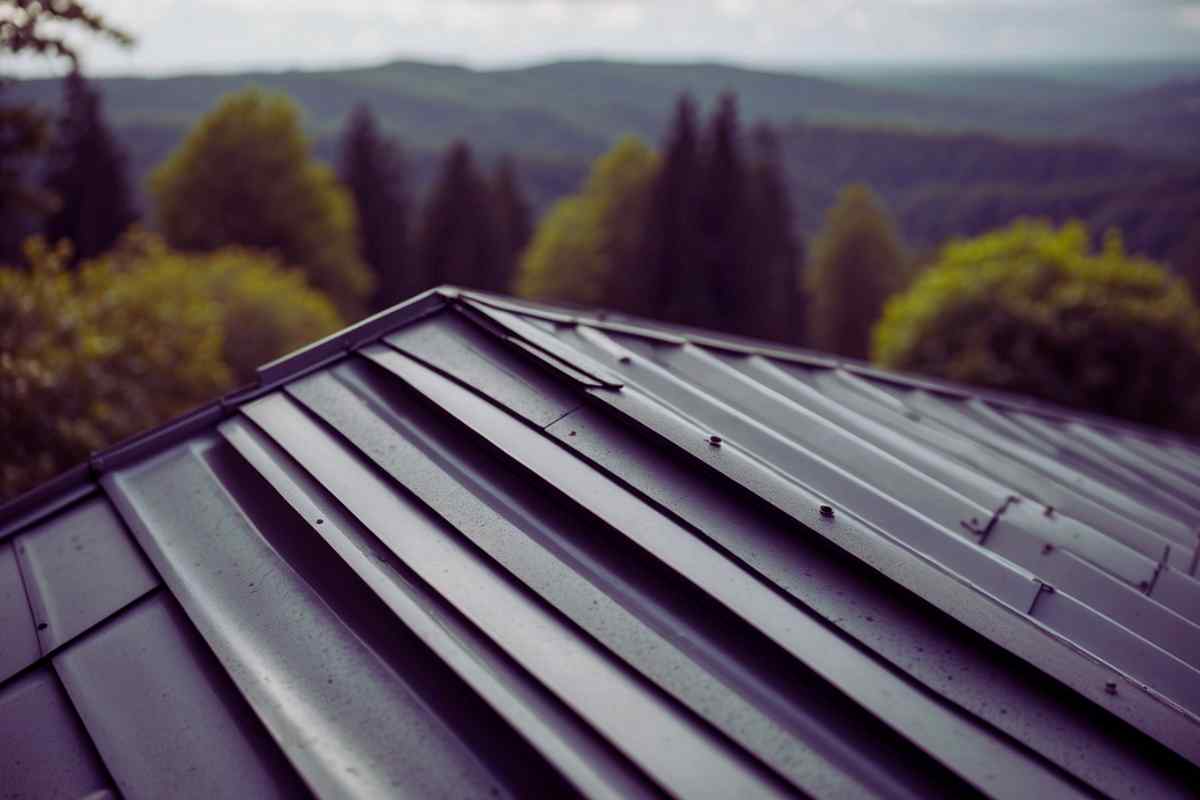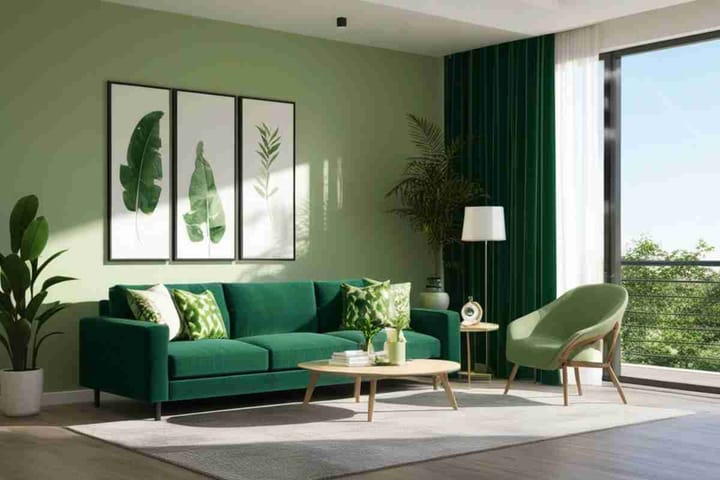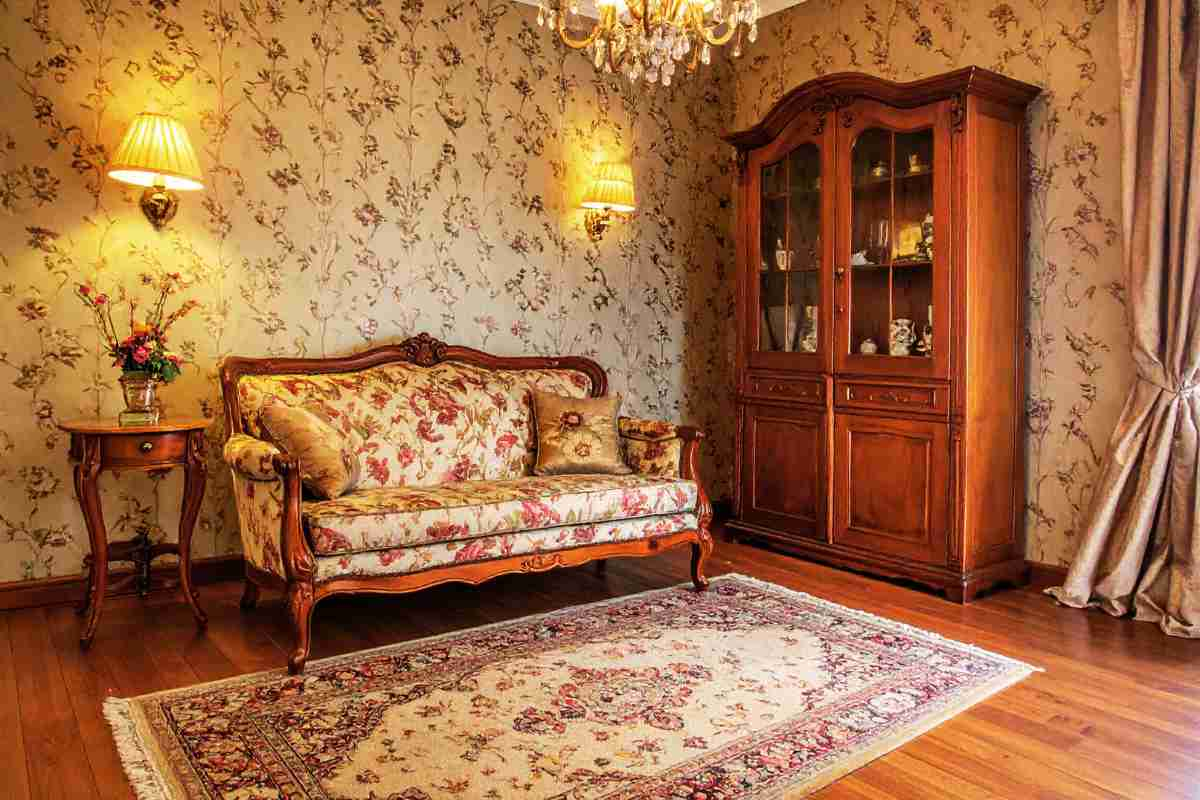What Roofing Features Are Most Attractive to Homebuyers?
A home's roof significantly influences its curb appeal and longevity, impacting potential buyers. It should offer durability, efficiency, and low maintenance.

The appeal of a property extends beyond its interior features; the roof is a significant aspect that shapes a home's curb appeal and functional longevity. As the first line of defense against the elements, a roof's condition can be a deal-breaker for potential homebuyers. They often look for roofing that offers both aesthetic appeal and practical benefits such as durability, energy efficiency, and low maintenance requirements.
Attractive roofing features can enhance a home's overall value and marketability. Homebuyers tend to favor roofs with high-quality materials like slate, metal, or tile that promise extended lifespans and minimal upkeep. The color and style of the roof also play a crucial role in complementing the architectural design of the home, ensuring it stands out in the real estate market.
Energy-efficient roofing options are increasingly sought after, as they contribute to reduced energy costs and support environmentally conscious living. Features such as cool roofs, which reflect more sunlight and absorb less heat, and green roofs, which are partially or completely covered with vegetation, are particularly attractive for their sustainability and potential for utility savings. These features not only provide immediate cost benefits but also demonstrate a commitment to environmental stewardship, a growing concern among modern homebuyers.
Durability and Longevity
When homebuyers consider roofing options, they prioritize durability as a crucial feature. A durable roof offers resistance against weather elements and the test of time. Materials like metal, slate, and tile often come with lengthy warranties, reflecting their ability to last for decades. Homebuyers should check the life expectancy of roofing materials, which can range significantly:
- Metal: 40-70 years
- Slate: 100+ years
- Tile: 50-100 years
- Asphalt Shingles: 15-30 years
Longevity is not only about the type of material but also the quality of installation. Professional roof installers play a pivotal role in ensuring the roof's durability. Local roof installers, familiar with regional weather patterns, can advise on the best materials for the local climate. They ensure proper installation, which is vital for the roof’s performance and longevity. Reputable providers like Harley & Sons offer high-quality services backed by decades of experience, making them a trusted choice for homebuyers seeking durable, well-installed roofs.
Maintenance is another factor affecting roofing longevity. Durable materials may require less frequent repairs, which is appealing to buyers. For instance, metal roofs may only need periodic checks for rust or loose screws, whereas asphalt shingles might need more regular replacement of damaged shingles.
Buyers should also consider the underlayment and ventilation systems, as they significantly impact roof life. Properly designed systems can enhance roof durability by managing moisture and temperature, preventing damage that could shorten the roof's life span.
Homebuyers appreciate the peace of mind that comes with a long-lasting, low-maintenance roof. Durable roofing is an investment that can lead to savings on repairs and replacement down the line.
Aesthetics and Design Appeal
When homebuyers evaluate a property, the visual appeal of the roofing can significantly influence their decision. Factors such as color and texture, as well as the roof's architectural harmony with the rest of the home, play a pivotal role in establishing curb appeal.
Color and Texture
- Color: A roof's color can complement the home's exterior palette or provide an appealing contrast. Local roof installers often suggest colors that align with the neighborhood's aesthetic or that reflect regional styles.
- Neutral Tones: Greys, beiges, and browns are versatile and broadly appealing.
- Dark vs. Light: Dark shades can deliver a traditional look, while light colors might reflect more sunlight, possibly affecting energy efficiency.
- Texture: The texture of roofing materials contributes to the visual depth and character of the home.
- Dimensional Shingles: These create a contoured visual effect that adds sophistication and shadow lines.
- Flat Tiles: Sleek, flat tiles offer a contemporary, clean appearance favored in modern designs.
Architectural Harmony
- Consistency: The roof should complement the architectural style of the home, enhancing its overall appearance rather than clashing with it.
- Historical Homes: For example, slate tiles might be preferred for a colonial-style home for an authentic look.
- Modern Structures: Conversely, metal roofing or concrete tiles could be fit for homes with a modern aesthetic.
- Integration: Roof design should integrate with elements such as windows, siding, and landscaping.
- Line and Form: Roof lines should smoothly transition and align with the home's design cues, maintaining visual flow and balance.
- Complementary Features: Details like the gutter system and trim can be selected to match or accentuate the roof's design for a cohesive appearance.
Energy Efficiency and Sustainability
Energy-efficient and sustainable roofing features are a significant priority for homebuyers looking for long-term savings and environmentally friendly options. These features not only provide cost benefits but also contribute to a reduced carbon footprint.
Insulation and Ventilation
Proper insulation and ventilation play a critical role in a roof's energy efficiency. Inadequate insulation leads to heat loss during winters and heat gain during summers, resulting in higher energy bills. Homebuyers prefer thick, high-quality insulation materials that provide better R-values—a measure of thermal resistance. Effective ventilation is equally important as it regulates attic temperatures, preventing problems such as ice dams in winter and overheating in summer.
Local roof installers typically offer various options for insulation materials, including:
- Fiberglass
- Cellulose
- Spray foam
- Reflective barriers
Each material has its own set of benefits regarding energy efficiency, and professionals can guide homeowners to the best choice for their specific climate.
Solar Readiness
The concept of solar readiness refers to the capacity of a roof to support the installation of solar panels in the future. This is a key feature for homebuyers who may wish to transition to solar power. Solar readiness involves structural considerations such as roof strength and the orientation and pitch of the roof for optimal solar gain.
Key factors homebuyers should consider include:
- Structural support: Ensuring the roof can bear the weight of solar panels
- Roofing material compatibility: Some materials like metal or composite shingles are more conducive to solar panel installation
- Orientation: South-facing roofs in the Northern Hemisphere receive more sunlight
- Shading: Lack of obstructions like tall trees or nearby buildings that could cast shade
Local roof installers are valuable resources for assessing solar readiness. They can evaluate current structures and advise on required modifications to make a roof suitable for future solar installation.
Maintenance and Warranty
When considering a new roof, homebuyers prioritize low-maintenance materials. Roofs demanding less frequent repairs are exceptionally valued. Materials such as metal, slate, and clay tiles provide longevity and durability, effectively reducing the cumulative cost and effort of upkeep.
Warranty coverage is also a major consideration. Homebuyers look for transferable warranties that can protect them against potential defects or issues. A comprehensive warranty can serve as a testament to the roof's quality and the trustworthiness of the manufacturer and the installer.
Local roof installers play a significant role in ensuring the proper application of roofing materials, as the quality of installation directly impacts the roof's maintenance needs. Reliable installers typically offer:
- Installation Guarantees: Ensuring workmanship quality.
- Material Warranties: Covering the integrity of the roofing materials.
- Regular Maintenance Plans: Helping to extend the roof's life.
| Warranty Aspect | Importance |
| Length | Longer terms provide more value. |
| Transferability | Adds to the home resale value. |
| Coverage Scope | Comprehensive coverage is key. |
Homebuyers are encouraged to verify warranties and ensure they understand the terms. It's vital to know what maintenance actions may be required to keep the warranty valid. Additionally, connecting with respected local installers can give buyers confidence in the work done and the security of ongoing support.




Comments ()